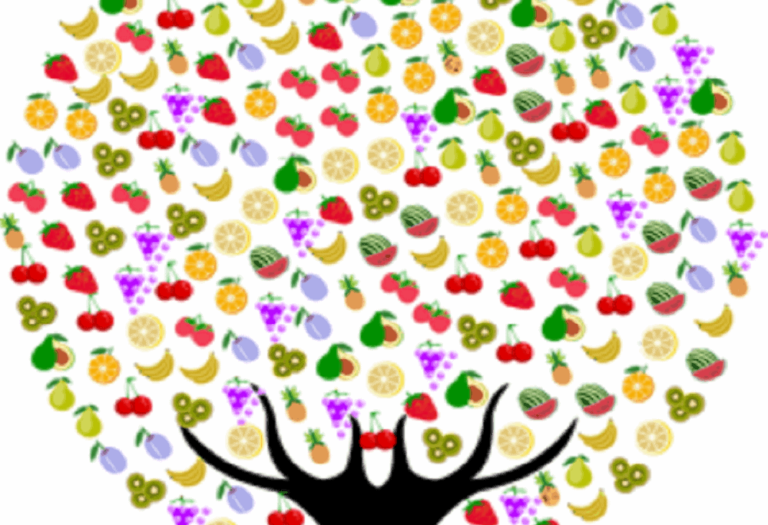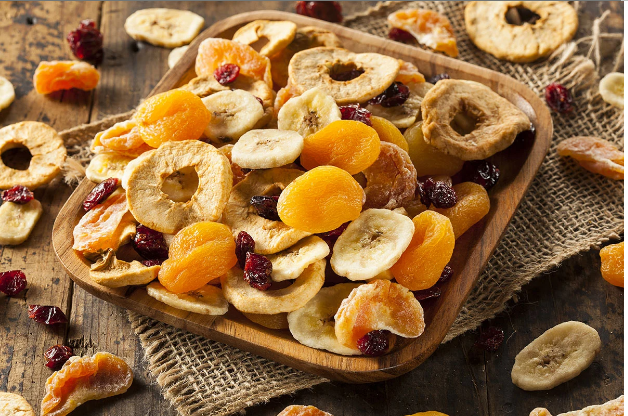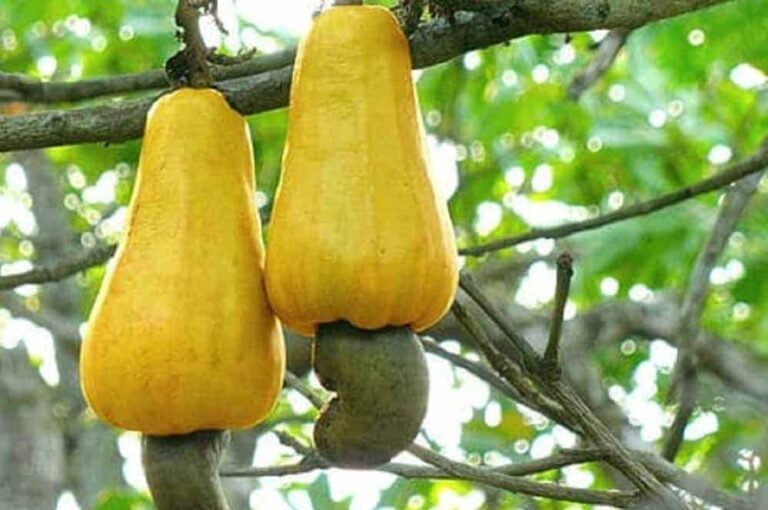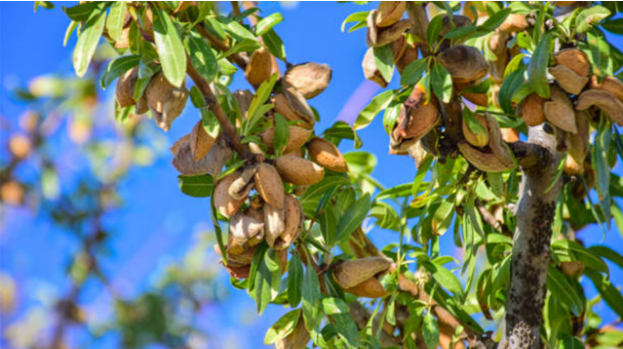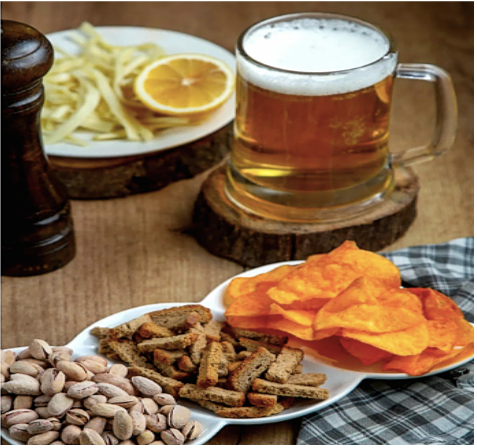Your cart is currently empty!
The Environmental Impact of Flax Seed Milk
In 2021, plant-based milk will be all the rage. The option of which plant is used keeps growing. Since 2013, almond milk has remained the most popular type of plant milk in the world, accounting for 63% of the total plant-based milk market. In terms of production, oat milk comes in second place. Followed by soy. A new contender has arrived on the field: flaxseed milk. We will be breaking down the facts on how flax milk measures up as a dairy alternative that benefits you and the environment.
Your Plate Matters
As the global climate crisis grows, many of us are looking for ways to minimize our environmental impact. Shedding light on this sometimes murky topic is a 2018 study from the University of Oxford into the relative carbon footprint association with different types of diet. Project lead Joseph Poore concluded that the best way to reduce individual carbon footprints is to remove meat and dairy from the diet. Doing this alone can reduce your food-derived carbon footprint by up to 73%.
Backing this up is the Natural Resources Defense Council (NRDC) which draws attention to the huge environmental cost of rearing dairy cows. Cows require significant food, water, and land space. Just producing enough food for dairy cows uses huge farmland and vast water. Plus, heavy use of pesticides and herbicides. In addition, cows release methane and nitrous oxide when they digest their food. These potent and toxic greenhouse gases have long been shown to contribute to climate change. It’s no surprise that animal agriculture uses 83% of global farmland, and providing meat and dairy to the market accounts for 60% of agriculture’s greenhouse gas emissions.
Plant Vs. Cow Milk
You’ve probably heard a lot about different types of plant milk. Or seen them in supermarkets. Some are better or worse than others for the environment. Fortunately, this choice is not that complicated. This year, Curtin University in Australia researchers collected data on other plants and cow milk. They found that no matter what plant milk you use, it still has a lesser impact on the environment when compared to dairy.
Environmental impact isn’t one single thing. Instead, it is a combined impact of several different measures, including:
- How much land is in use?
- What is the local wildlife effect, and how?
- What chemicals are finding help?
- How much water do these plants require?
- How high are the carbon emissions?
The list can go on, but for the sake of simplicity, we’ll stick to these 5 points to understand the environmental impact of the new kid on the block: flaxseed.
Flax: food, clothes, and more
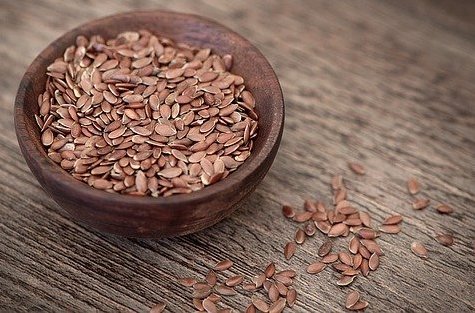
Humans have grown, eaten, and worn flax since around 3000 BC. The seeds can create linseed oils, food, and animal feed, and the plant fibers can be spun into cloth.
Flax milk is made by simply blending the seeds with water and boasts an impressive nutrition profile. It’s naturally gluten, dairy, nut, and soy-free, so it is excellent for people with allergies. The vegans among us will know that omega-3 fatty acids can be tricky to find in plants- but flax seeds contain a fantastic 2,350mg per tablespoon, making them one of the best plant sources of this crucial nutrient. They also have significant amounts of antioxidizing lignans and gut-healthy fiber. Plus, if you buy fortified flax milk, it contains roughly the recommended amounts of calcium and vitamin D as traditional cow milk.
Need more reasons to add flax milk to your diet? Well, not only is it great for you, but it’s also great for the planet.
Environmental Impact of Flax Seed Milk
To get into the environmental impact of flax milk, we need to start right at the beginning. Below is a study of the farming practices around flax.
Farming area
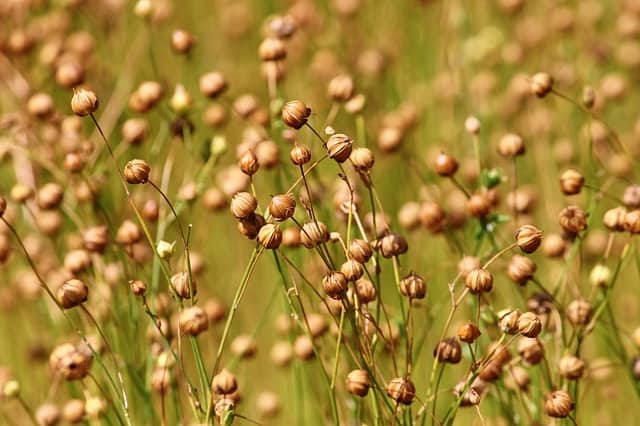
Flax doesn’t need a massive amount of space to grow. Planting flax can produce between 1,200 and 1,400 pounds of seed per acre of farmland. If you were to make your flax milk, you would need just a quarter cup of flaxseeds to make 6 cups, which is more or less the size of commercial flax milk containers. If 3 cups make up roughly one pound of seeds, that’s a lot of flax milk.
We’re off to a promising start- but it gets even better. According to the Alternative Agriculture department at Iowa State University, flax grows best when it is co-planted with other crops, especially buckwheat. This co-planting makes farmland way more efficient by benefiting the soil, encouraging healthy crop growth, and giving the farmers two lots of products to sell at harvest.
Interestingly, flax is not the highest-yielding crop. It isn’t even close- one acre of farmland can give a massive 1,400 to 2,600 pounds of almonds per acre of farmland- but flax beats almonds in terms of environmental impact on one key factor. It’s time to talk water.
Water Is Essential Yet Problematic
Despite almonds beating flax seeds in terms of pound per acre, they fall short in the race to the top of the environmental impact scale regarding water usage.
Incredibly, just 16 almonds can take an incredible 15.3 gallons of water to grow. Even worse, almonds only grow in particular climates. Over 90% of the world’s almonds come from farms in California. This is problematic because although it produces 80% of the world’s almond supply, California is drought-prone. With 10% of California’s water supply going directly to almond farming, this problem will only worsen.
Luckily, flaxseeds are a different story. Rather than growing on a tree like almonds, a flax plant is more grass-like. They, therefore, increase and don’t need very moist soil or constant watering. Farming flax seeds require up to 15x less water than you would need to grow the same amount of almonds. Less demand for water means less siphoning water away from surrounding environments and eliminates the need for irrigation ditches. Irrigation ditches are long, often profound; trenches dug into the ground to collect water and channel it into finding use in industry, domestic, and farming settings. These ditches have found a use for thousands of years by humans, but their scale is ever increasing in the era of farming and industrial expansion.
Once seeds are planted and watered, they will begin to grow. But it’s not just water that can determine how environmentally friendly a crop is. Consider every step of the farming process.
Impact on Local Wildlife
We know now that flax performs well in terms of water use. But does that continue through the whole plant lifecycle? We need to think about the type of seed that first goes into the ground—focusing on how the seed grows and the soil’s condition after harvest.
Let’s see if flax stays at the top of the list when choosing environmentally friendly plant milk.
Flax is Non-GMO
Genetically modified organisms (or GMOs) are plants and animals which have had their DNA artificially altered. There are many reasons scientists and farmers do this, from increasing yield to boosting nutrient content or protecting against disease. But their use can be controversial. When a GMO seed is planted, the mature plant could go on to pollinate non-GMO plants that grow around the farm. This can have a downstream effect on local plant populations.
If you already have the perfect non-GMO breakfast but still have worries, then choose flax milk. There are currently no GMO flax varieties on the market. Therefore, you can easily find a guarantee that the flax milk and seeds that you are buying are non-GMO. This isn’t because making GMO flax is impossible but because there is no demand for it. In 2001, a herbicide-resistant flax plant was released to the commercial market and was quickly pulled when farmers and consumers received a massive backlash. Since then, no company has been willing to take the flax plant and genetically modify it.
Chemicals and Flax
Compared to other similar crops, flax cultivation typically uses fewer pesticides and doesn’t need as much fertilizer. This helps maintain the soil quality and protect the insects and plants that live alongside it. The need for extra work while growing flax is so low that organic flaxseed is easy to find in markets. The ease of growth and customer demand drive more farmers to switch to fully organic flaxseed production.
Crop Rotation and Soil Health
If you know a lot about agriculture, you may know that plants are often rotated around different fields as the years go by. This is a process with the name ‘crop rotation’. Since growing the same crop over and over in the same place can deplete the soil’s nutrients. Eventually, new plants will stop growing correctly, an expensive and time-consuming mistake to fix.
Some plants, like hemp, are self-compatible. They can continuously grow and thrive without allowing the soil to recover between harvest periods. Flax is not self-compatible, but it is a good thing because it encourages farmers to diversify their crops. We know that biodiversity is essential in protecting the environment, and intensive farming of a single crop disrupts this natural order. Flax is easy to grow and will grow in most climates. It makes an excellent crop for use in between rotations of different types of plants while promoting agricultural biodiversity. When you compare flax to other food crops, such as wheat, oats, and barley- flax is the least damaging to local biodiversity.
Transportation Carbon Emissions
Carbon emissions are probably the most well-known aspect of environmental impact when it comes to… well, anything! Food is no different. Variations in farming practices, product type, and product transportation create their carbon footprints. Switching to a vegan diet is thought to be the best thing you can do for your carbon footprint. Specifically, eating flaxseeds is a big part of making that switch.
It takes just 1.8kg of CO2 (the main greenhouse gas used to measure carbon emissions) to grow 1kg of flaxseeds. Although seed farming releasing carbon dioxide is alarming: the same amount of beef produces a massive 27.1kg of CO2. Another big plus for flax milk is that flax seeds don’t have digestive systems. Therefore, they don’t create greenhouse gasses like cows do during digestion.
In the final analysis, flax milk is an excellent option for the environmentally conscious due to the plant itself. Flax can grow in a wide variety of climates. In 2021, industrial flax production will happen on farms in the US, Canada, China, India, Europe, and Ethiopia. This makes it easier for suppliers (and you) to manufacture milk with flax seeds that did not need to find transportation halfway across the world.
The Future of Producing Flax Seed Milk
Added together, it’s easy to see how this special seed has climbed into the world of plant milk. It gives you the nutrients you need to stay healthy while supporting positive environmental impacts. With everyone from farmers to manufacturers to consumers wising up to the potential of this tremendous tiny seed, flax milk has a great future.
In short, you can sip a little easier knowing that the flax milk on your cereal hasn’t cost the earth.

